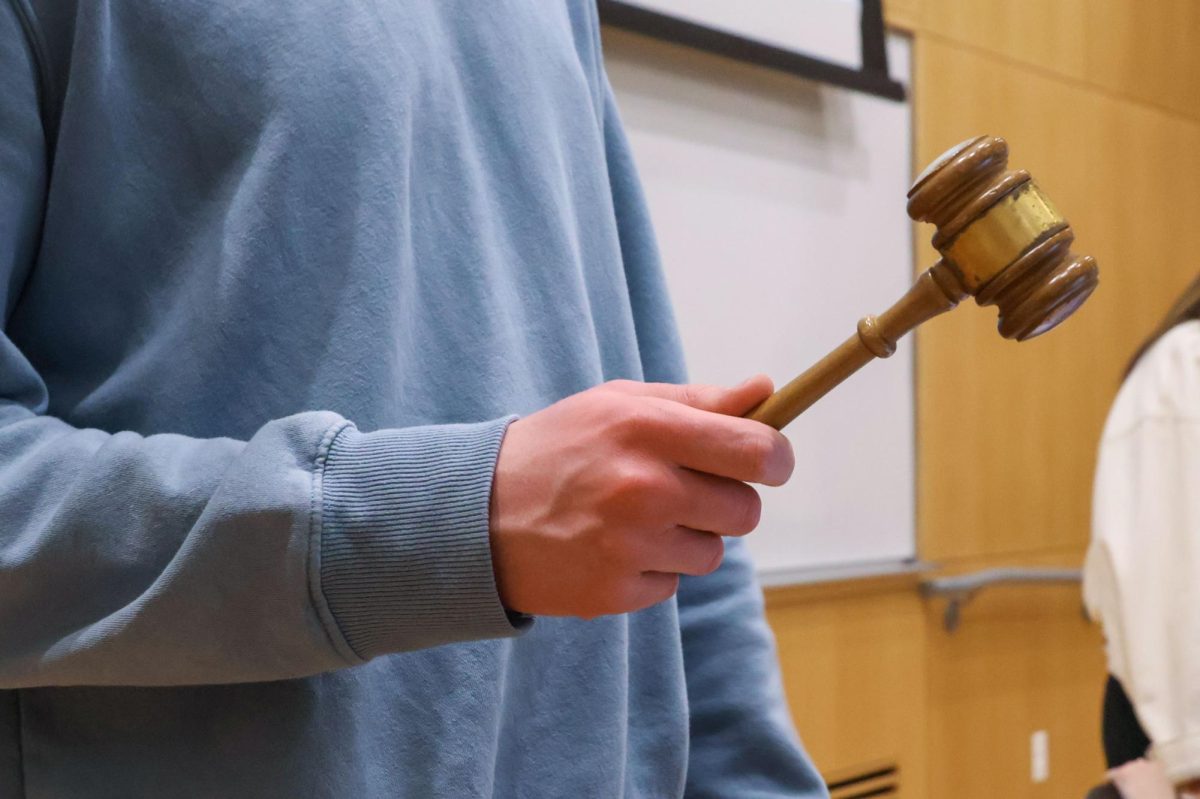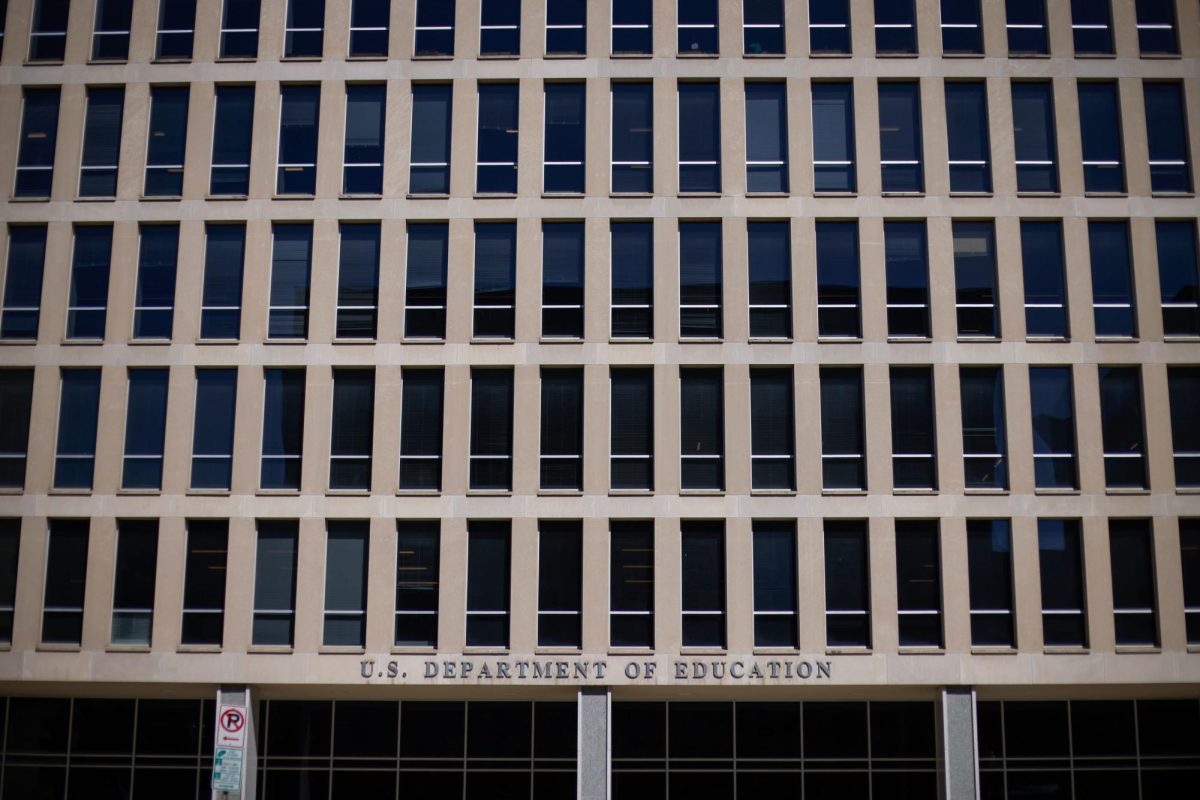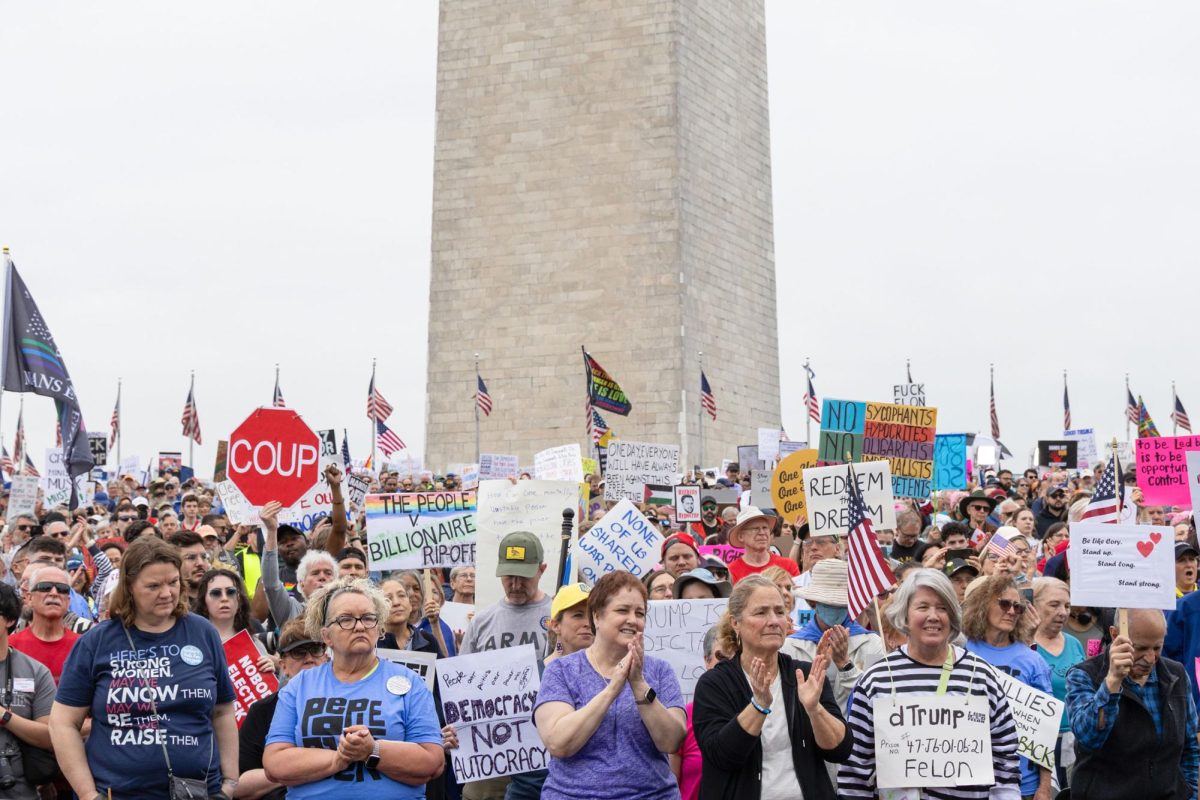Panelists spoke Tuesday night on the legacy of the late Brooklyn Dodger Jackie Robinson, outlining the travails, accomplishments and influence of the baseball player who has become a cultural icon.
The event, which drew about 30 audience members to Gelman Library, featured five experts who discussed the athlete. Robinson became the first black Major League Baseball player in 1947 and has since become a symbol for perseverance and equality. Tuesday’s discussion was sponsored by the Jackie Robinson Society of GW and professor Richard Zamoff, director of the Jackie Robinson Project.
“He taught America, he encouraged America and eventually he forced America to think differently,” said Zamoff, who teaches a class about Jackie Robinson.
Tuesday’s lecture coincides with the exhibit on Jackie Robinson’s life and milestones, on display on Gelman Library’s fifth floor.
Christopher Lamb, a professor of media studies at the College of Charleston in South Carolina, gave a talk at Tuesday’s presentation on Robinson’s first appearance in the major leagues – at spring training in 1946 – and discussed the many obstacles he had to overcome.
“The trip to Florida was a metaphor for what Robinson would have to face for the rest of his career and life,” said Lamb, mentioning that Robinson was continually refused service at hotels and restaurants in the Jim Crow South.
Ron Gabriel, founder and president of the Brooklyn Dodgers fan club, talked about his experiences growing up watching Robinson “deep in the heart of Brooklyn” and said Brooklyn’s diversity and large immigrant population was the best place for a black person to break the color barrier.
“I remember going to Ebbets Field as a kid and thinking ‘this is the way America should be,'” he said. “It didn’t matter if a player was black or white, they were a Brooklyn Dodger, and you were going to cheer your heart out for them.”
Ernell Graham, a retired school counselor and frequent visitor to Zamoff’s class, discussed her attendance at Robinson’s first game in the major leagues, as well as the incredible friendship that developed between Robinson and his teammate Harold “Pee Wee” Reese. Graham mentioned one instance in which Reese walked over to Robinson as he was being heckled during a game, and put his arm around him in a show of support.
“Reese and Robinson were a catalyst for change,” Graham said.
After Robinson’s retirement from baseball following the 1956 season, he became a civil rights activist, explained Stephen Butler of Earlham College in Indiana.
“Robinson kicked the door wide open,” Butler said. “Because of him, people of all races and ethnicities saw a vision of greater equality.”
After the event, Bernard Demczuk, GW’s assistant vice president of D.C. affairs, said he believes that Zamoff’s course and learning about Robinson should be a prerequisite for every student at GW.
Demckuz said “(Robinson’s story) is American history and culture at its finest. It’s so important to understand him.”






